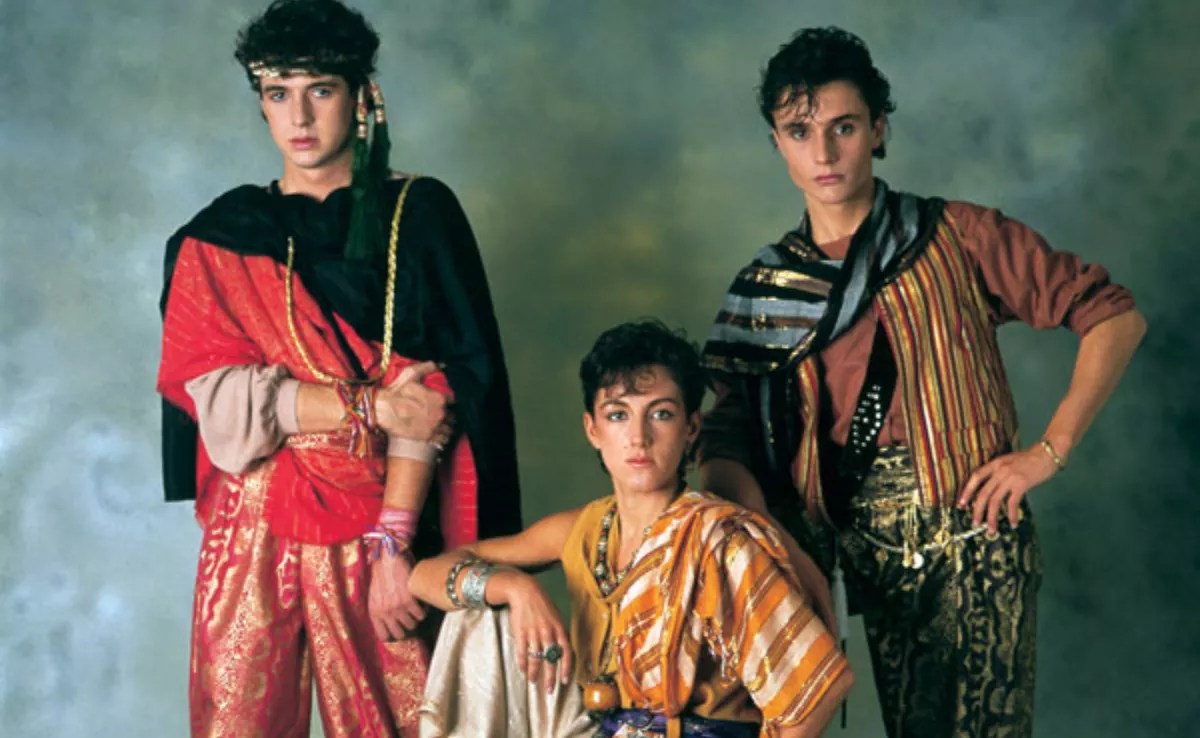
Two planes from the 43 Group and 23 professionals from the Malaga and Salamanca air bases spent five days working tirelessly to put out the fire in the north of Tenerife. Commander Daniel Muñoz reviews how the intervention of the unit known as the corsairs of the air has been.
How was the mission of the 43rd Air Force Air Force Group in the Tenerife fire?
We have participated with two amphibious planes, manned by personnel from the Malaga and Salamanca air bases. We work in Tenerife from Sunday until today [ayer para el lector]. The team has been made up of 23 people, including crew and maintenance personnel.
How many hours of flight have they done these days?
We fly about nine hours a day with each of the planes we work on.
What difficulties have you encountered in this fire?
The most complicated thing about deploying in the Canary Islands is having to transfer all the logistics for maintenance with us. The most difficult thing in this specific case has been the loads, which we had to carry out in the port of Santa Cruz due to the impossibility of doing it at sea. The wind increased the waves and this was quite a risk for the planes.
How do they coordinate during an intervention in which so many aerial means from different organizations act?
In each fire there is an extinction coordinator and an aerial means coordinator. In this way, we try to be as operational as possible to stop the fire.
This is not the first time that the 43 Group has traveled to the Canary Islands to collaborate in the extinction of a fire. Would it be necessary to have them based on the Islands?
This is a recurring question and the members of the 43rd Group would be delighted if there were any aircraft in the Islands. The problem we have is logistical. During the summer we have ten aircraft committed to the Ministry of Ecological Transition, which decides where to locate them to cover the entire national territory. As the Archipelago is so far away, logistics become quite complex. For this reason, it is more operational to take the planes when they are needed and stay there the days they are needed.
Do you have any special memories of your intervention in Tenerife?
Whenever we go to the Canary Islands they give us a very generous welcome. In Tenerife we saw posters on the roofs and roofs, but when we deployed in the fires of Gran Canaria, in 2019, the population turned in a special way. We had never seen anything like it.
What features make the CL415 aircraft special?
It is a Canadian-made aircraft very well designed for fighting forest fires. In addition, it is very good for the characteristics of Spain, because it is capable of carrying a large amount of water in a short space of time. It has a capacity of six tons and a flight autonomy of about four and a half hours. In Tenerife we were able to make about fifteen downloads for each flight period, but in places with a less complicated orography and with less difference in altitude between the loading and unloading point, we managed to make 60 loads in four and a half hours.
How are the pilots in your unit trained? They are Air Force pilots, so they have the training of any other transport pilot and then come to fly in our unit. To be an aircraft commander in the 43 Group it is necessary to have between three and four years of specific training, so the crew usually has many years of experience. In the Tenerife fire there were several colleagues who had been working on firefighting for more than two decades. It is a very engaging unit and the staff stays for many years. How they prepare for the summer season, when they are required in many more interventions.
Between May 20 and November 1 the full squad is available every day. During the winter we prepare the planes and the pilots, so that when the most demanding months arrive, we have the largest number of machines and professionals. We have some training plans with a series of missions and everyone must complete their annual basic training plan, with a series of maneuvers in water or navigation.
Are they being reinforced in the face of a possible increase in the number of fires due to the increase in temperatures due to climate change?
A European response system has been put in place, so that member countries can request help. The objective is to optimize the means, so that when an emergency occurs, the response can be reinforced with the resources of other countries. The problem is that with the high temperatures that are being registered, nobody has been able to offer their means. In Spain, special efforts are being made to improve aircraft maintenance and the acquisition of six new aircraft is planned.
Are today’s forest fires the same as those of a decade or two ago, or are they worse?
From the air we see little difference. The truth is that, according to statistics, the number of hectares burned and the number of fires are decreasing, but large fires with very specific characteristics that complicate extinction work are increasing. Spain has to improve prevention, because we focus a lot on extinguishing fires. Preventing more would be cheaper than working on extinction and would generate much more employment.















